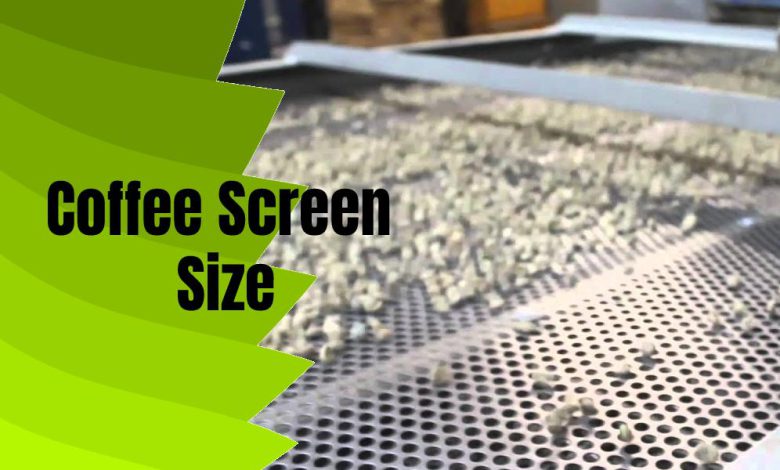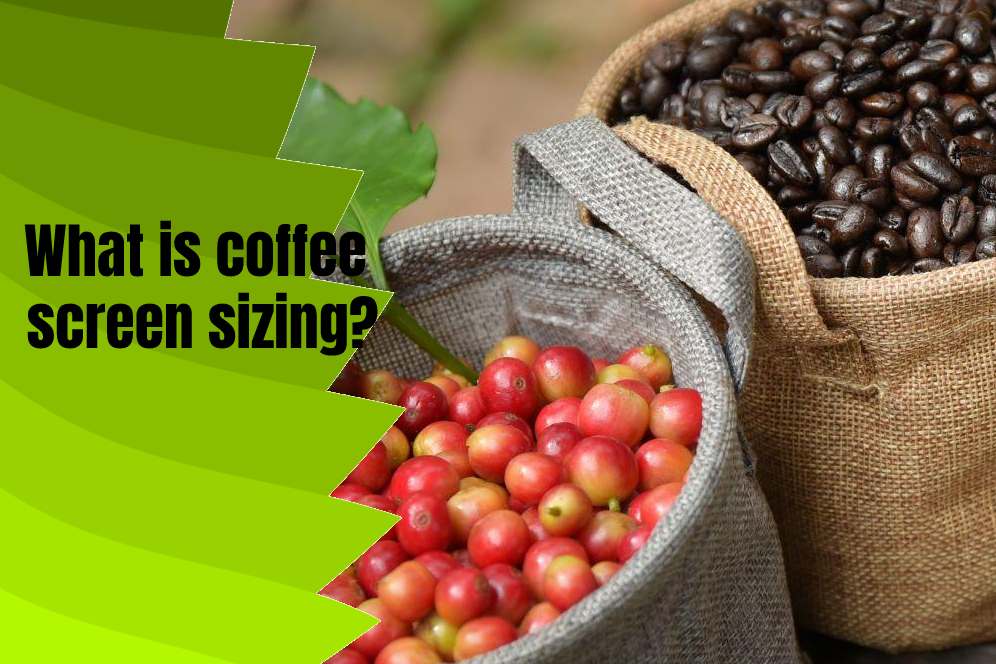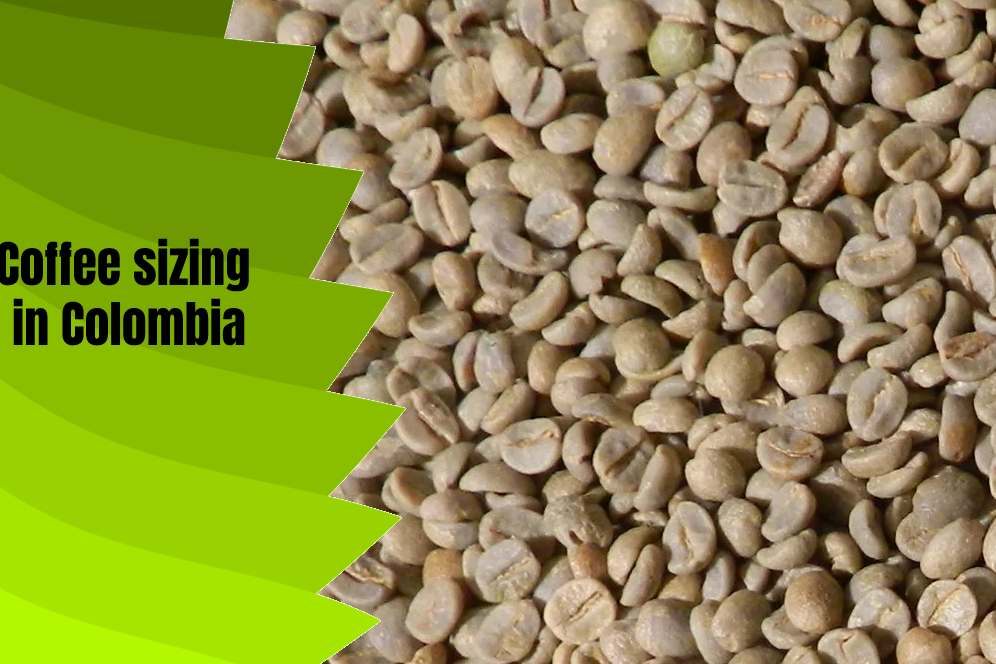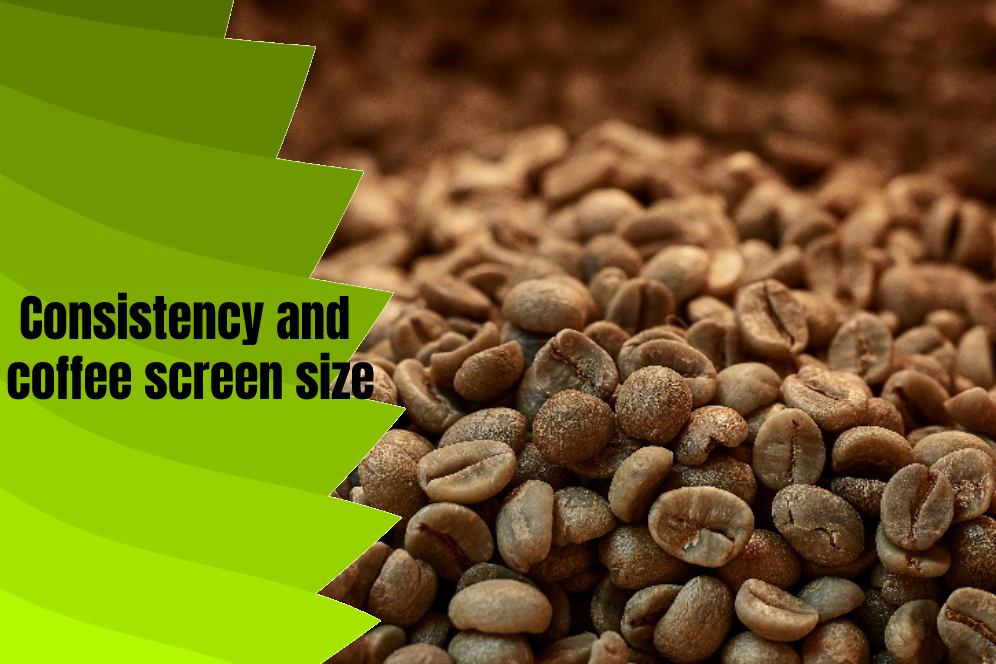Coffee Screen Size; What Does Coffee Bean Size Mean?

Do you know that coffee screen size approaches can help us to have a more flavorful and consistent cup of coffee?
Coffee is one of the most popular drinks that are sold all over the globe. Several countries separate their beans based on their size as an indicator of their quality. Therefore, we can say that the size of coffee bean can help us to find best products in the market.
But, remember that the size of coffee beans is not always a defining factor for choosing best products in the market.
As you know, the quality of each drink is vastly different from other drinks. It depends on the density or the coffee compounds like caffeine to determine if a coffee bean is good or not.
But, as consistency heavily relies on screen sizing approaches, it is important to discuss about it.
Traditionally, several major coffee producing countries in the world consider coffee screen size as an important factor to categorize their beans. In coffee growing countries, it involves a simple process that sifts the beans by using metal sheets. the sheets have progressively smaller holes that allow us to divide beans.
After sifting the beans, they are categorized based on their sizes. Each category makes a different grade of beans. For example, in Africa, the beans with the size of 18 are classified as AA grade products.
Contents
What is coffee screen sizing?
After harvesting the coffee cherries, they need to become ready for roasting and brewing coffee for people who want to enjoy a fresh drink in every corner of globe.
Processing of coffee beans involves the transformation of them from cherry (coffee fruit) to a green bean. In this process, coffee screen sizing is typically done in the last stage.
Approaches for coffee screen sizing
Several approaches can be used to separate beans based on their size. One of the most common methods for screen sizing is to use multi-tiered tables. They sit atop of each other to allow the separation of beans based on the size of the holes.
These multi-tiered tables have a slight slope. When the green coffee enters from above, they begin to vibrate.
Then, the beans fall through the progressively smaller holes. This system allows the precise measurement of coffee bean size.
Finally, the products will be labeled by using letters or terms that indicate their grade.
It’s important to note that grading and labeling system of the products is different based on the beans origin.
Labeling is East Africa
In East Africa, usually the letters like A, B, and C are used for labeling the products after coffee screen sizing process.
Coffee sizing in Colombia
As one of the biggest coffee producers in the world that offers high quality and single origin coffee beans in global markets, Colombia uses terms like “Supermo” or “Excelso” to label its products.
In central America, you may see other labeling method by using terms like European prep (EP) or American prep.
Is it always necessary to use coffee screen size approaches?
No. It is not always necessary to separate coffee beans. Because, some farmers work with the same variety of beans and they know that their crop is already uniform.
Therefore, in some cases, they can bypass the coffee screen sizing process.
For example, in brazil, as the biggest coffee producer country in the world, in many farms, the bean sizes may be roughly equal. This means that the approach we mentioned above is not necessary.
What is the average size of a coffee bean?
The size of coffee beans can be measured in increments of 1/64 inch. The typical size of beans is between 10 to 22.
But, the common size of many seeds is between 15 to 18. This means that we can consider the average size of coffee beans around 16/64 to 17/64 of inches.
Defining factors in coffee size
Remember that several factors can affect the size of beans in the different farms that are located in different part of globe.
For example, plants that grow in farms that higher altitude have different size.
Can nitrogen affect the bean size?
An important note is that the size of bean is not always an indicator of its quality. For example, high concentration of nitrogen can increase the size of beans but it does not enhance its flavor or quality.
For this reason, the extent of which coffee size may affect the quality of products is not always the same.
In the market, some buyers believe that larger beans have higher quality.
But, others may claim that bean density, processing method, or terroir is more important than the bean size.
Anyway, it seems that even other factors are important in evaluating the quality of coffee beans, but we cannot deny the importance of coffee screen sizing as a grading system. especially, the consistency of coffee drinks depends on the coffee screen size approaches and grading systems.
Why coffee screen size is important for roasters?
Coffee screen sizing plays an important role in having the best coffee flavor. Because, in some cases, it points toward an important variable which is the density of coffee.
As a coffee roaster, to match the needs of the target audiences, they need to choose high quality beans with the best size and roast them in a perfect way to the required level.
Therefore, specialty roasters want to know more about the size of beans. Because, the best method for roasting the beans depend on the size of them.
It helps the final drink to be more consistent. Remember, the consistency of coffee relies on several factor and the roasting process is a defining factor in having a consistent drink.
What does coffee bean size mean?
It is not always easy to say what coffee bean size mean. Many people believe that simply “the bigger is always better”. But, in several growing regions that are located in higher elevation, the seeds have more nutrients and better quality. But, even the crops from this farms have better quality, they have smaller size.
In fact, some of the best coffee beans in the world, that grows in higher elevation, have smaller size and higher density.
For example, in Colombia, Ruanda, and Ethiopia, farmers grow coffee with the best quality profiles that gives its seeds in smaller size.
Does coffee bean size matter?
As we mentioned above, the size of beans matters for coffee roasters who want to prepare coffee for brewing. But, when we want to compare the quality of beans from different region or producing countries, coffee quality and its density or flavor profile are other defining factors.
As a whole, even, several countries use grading systems to separate bigger beans and label them as the best products, the size of green coffee bean is not always the dominant factor for evaluation coffee quality.
A very good example to mention here is the coffee bean from Kenya. Even, AA beans from this country are sold with higher price but the Kenya pea berries are better in taste than AA beans that are bigger in their size.
Consistency and coffee screen size
When the beans have the same size, it is easier to apply heat and roast them. This means that the uniformity of beans can improve the efficiency of roasting process and enhance the overall profile of your drink.
Coffee screen size approach helps the heat to penetrate all the beans uniformly and the resulting coffee will be more consistent.
For sure, if the size of coffee beans is not equal, at the end of roasting process, you will see that some beans are very dark and others are underdeveloped.
Therefore, to have a consistent roast, it is important to have coffee with the same bean size.
How do you measure coffee beans?
As we mentioned, the coffee screen sizing approach measures the size by an increment of 1/64 inches.
Therefore, the typical size of a coffee bean can be in the range of 8/64 to 22/64 inches. You can measure them and see it by yourself. If you want to measure coffee beans, simply you need a measurement device.
Final thought
Coffee screen sizing approaches have been used traditionally to divide beans and label them in grading systems.
Several countries use this grading system to label their products and export them to global markets.
But, the bigger beans do not always have the highest quality. This means that if you want to buy high quality coffee beans, it is important to consider other factors like flavor profile, density, and the varietal of coffee beans.
In this article, we mentioned that even the bigger beans do not always have higher quality, but the grading system can help coffee roasters to produce consistent coffee for their customers.
Therefore, dividing beans by using coffee screen size approaches can help buyers in the market to purchase their product and prepare it for final customers.







